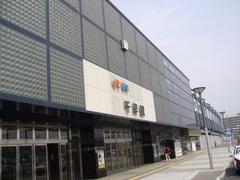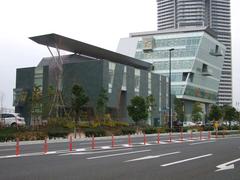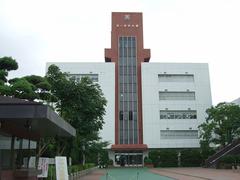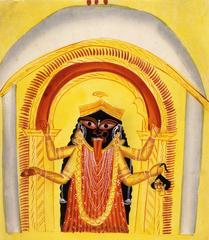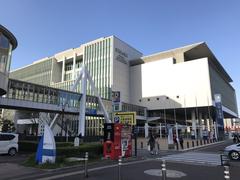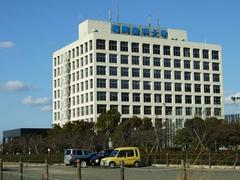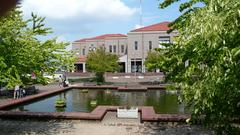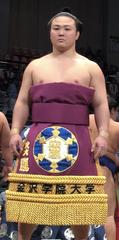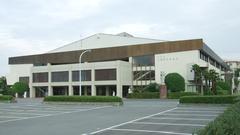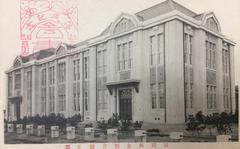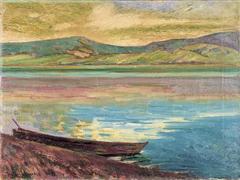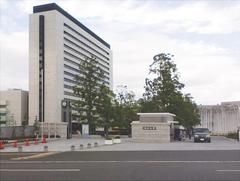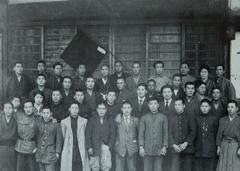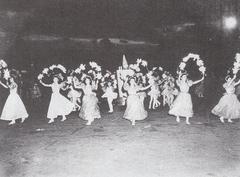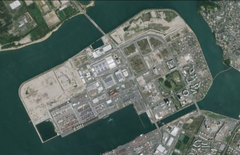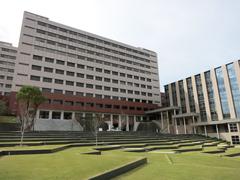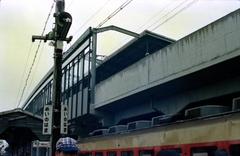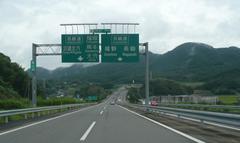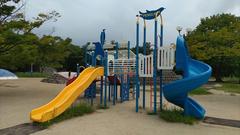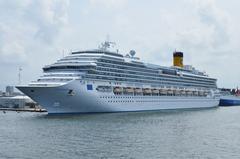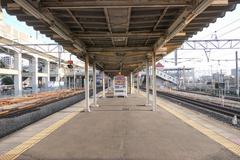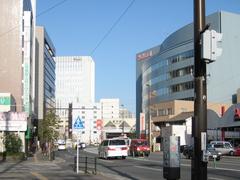
Chikkō-Honmachi Visiting Hours, Tickets, and Historical Sites in Fukuoka
Date: 04/07/2025
Introduction
Chikkō-Honmachi, located in the dynamic city of Fukuoka on Japan’s northern Kyushu coast, is a district where centuries-old history seamlessly blends with vibrant urban life. Historically a key maritime gateway through Hakata Port, Chikkō-Honmachi has been instrumental in shaping Fukuoka into a prominent center for trade, cultural exchange, and community festivities (Fukuoka City Official Guide; Japan Guide). Visitors here can delve into an array of experiences, from discovering the evocative Fukuoka Castle Ruins and spiritual shrines like Kushida and Sumiyoshi, to joining in the city’s iconic festivals and enjoying modern entertainment at complexes like Canal City Hakata.
This comprehensive guide provides everything travelers need to know: detailed visiting hours, ticket information, accessibility, travel tips, and nearby attractions. Whether your interest lies in samurai-era architecture, vibrant local festivals, or waterfront relaxation, Chikkō-Honmachi offers a rewarding immersion into Fukuoka’s rich heritage and contemporary culture.
Table of Contents
- Introduction
- Historical Overview
- Visitor Information: Hours, Tickets & Accessibility
- Travel Tips and Nearby Attractions
- Practical FAQs
- Visual Gallery
- Conclusion and Call to Action
- References and Further Reading
Historical Overview
Early Origins and Maritime Context
Chikkō-Honmachi’s strategic location along Hakata Bay established it as a gateway for trade, culture, and diplomacy as early as the 7th century, when Dazaifu served as the administrative center of Kyushu (Japan Guide; TripJive). As part of the broader Hakata region, Chikkō-Honmachi benefited from centuries of maritime activity, laying the foundation for Fukuoka’s growth as a cosmopolitan city.
Medieval Trade and Defense
During the Middle Ages, Hakata became one of Japan’s most significant ports, connecting to merchants from China, Korea, and Southeast Asia. The prosperity of the region was interrupted by the Mongol invasions of the 13th century, which saw fierce battles along Hakata Bay and the construction of defensive walls, remnants of which are still visible (Japan Guide).
Edo Period and Castle Town Growth
The construction of Fukuoka Castle (Maizuru Castle) by Kuroda Nagamasa in the early 17th century transformed the area into a feudal stronghold (GoFukuoka). The surrounding castle town, including present-day Chikkō-Honmachi, was carefully planned to support the samurai, merchants, and artisans, with a distinctive layout of narrow streets and traditional machiya (townhouses).
Meiji Modernization
The Meiji Restoration brought dramatic change, as Fukuoka rapidly modernized. The merging of Fukuoka Castle Town and Hakata Port in 1889 marked the birth of modern Fukuoka City (Japan Guide). While railways and new infrastructure replaced many older buildings, the district maintained traces of its historic street patterns and cultural heritage.
Cultural Significance and Festivals
Chikkō-Honmachi is at the heart of Fukuoka’s renowned festival culture. The Hakata Gion Yamakasa, recognized by UNESCO, features teams racing decorated floats through the streets and draws massive crowds each July (VisitInsideJapan). The Hakata Dontaku Port Festival, held in May, celebrates the city’s portside heritage with parades, performances, and traditional costumes (TripJive). Spiritual traditions are also alive in seasonal events at Sumiyoshi and Kushida Shrines.
Notable Sites and Landmarks
- Fukuoka Castle Ruins (Maizuru Park): Panoramic city views, cherry blossoms, and remnants of Edo-period architecture (JapanActivity).
- Kushida Shrine: Founded in 757, epicenter of the Hakata Gion Yamakasa festival (JapanActivity).
- Sumiyoshi Shrine: Renowned for maritime safety rituals and ancient architecture (The Crazy Tourist).
- Shofukuji & Tochoji Temples: Sites of Zen Buddhist history and religious artistry (VisitInsideJapan; World Guides).
- Canal City Hakata: A modern shopping and entertainment hub built on former port land (VisitInsideJapan).
Visitor Information: Hours, Tickets & Accessibility
- Fukuoka Castle Ruins (Maizuru Park): 9:00 AM–5:00 PM; free entry; accessible via Tenjin Station; partial wheelchair access.
- Kushida Shrine: 6:00 AM–6:00 PM; free; near Hakata Station; wheelchair accessible.
- Sumiyoshi Shrine: 6:00 AM–6:00 PM; free; near Hakata Station; wheelchair accessible.
- Shofukuji Temple: 9:00 AM–4:30 PM; free; limited wheelchair access.
- Tochoji Temple: 8:00 AM–5:00 PM; free; ramps available.
- Canal City Hakata: Shops 10:00 AM–9:00 PM; restaurants may open later; fully accessible.
Musuems & Attractions:
- Hakata Machiya Folk Museum: 9:30 AM–5:30 PM (last entry 5:00 PM). Closed Mondays. Admission ~300 yen.
- Fukuoka Asian Art Museum: 10:00 AM–8:00 PM (closed Tuesdays). Admission ~500 yen.
- Fukuoka Anpanman Children’s Museum: 10:00 AM–6:00 PM. Adults ~1,500 yen, children ~1,000 yen.
Most sites are accessible by subway or bus. Parking is available but limited during festivals.
Travel Tips and Nearby Attractions
- Best Time to Visit: Spring (March–May) for cherry blossoms and festivals; July for Hakata Gion Yamakasa.
- Getting There: Easy access via Hakata or Tenjin stations. Subway (Fukuoka City Subway Kūkō Line) and bus networks are efficient (Hey Roseanne; TM2JP).
- Nearby Attractions: Ohori Park, Fukuoka Tower, Momochi Seaside Park, Nakasu nightlife district, and Yanagibashi Market.
- Guided Tours: Book walking or festival tours in advance, especially during peak seasons.
- Photography Spots: Fukuoka Castle at sunset, cherry blossoms in Maizuru Park, Hakata Bay waterfront, and yatai food stalls at night.
Practical FAQs
Q: What are the typical visiting hours for Chikkō-Honmachi’s main sites?
A: Most sites open between 8:00–10:00 AM and close by 5:00–6:00 PM. Check official websites for seasonal changes.
Q: Are tickets required?
A: Outdoor sites and shrines are usually free. Museums and special exhibitions cost 200–1,800 yen.
Q: Is Chikkō-Honmachi accessible for travelers with disabilities?
A: Yes, most public transport and major attractions are accessible. Some historic sites may have limitations.
Q: What’s the best way to get around?
A: Subway and bus are convenient. Consider an IC card (Suica/Nimoca) or a day pass for savings.
Q: Are English signs and language support available?
A: Yes, at transport hubs and major attractions. A translation app is handy for small shops.
Visual Gallery
The majestic stone walls of Fukuoka Castle Ruins surrounded by cherry blossoms.
An elaborately decorated float during the Hakata Gion Yamakasa festival.
Vibrant lights of Canal City Hakata, a modern entertainment hub.
Conclusion and Call to Action
Chikkō-Honmachi is a captivating Fukuoka district where history, culture, and contemporary life converge. From centuries-old castles and shrines to lively festivals and modern shopping, it offers a full spectrum of experiences for every traveler. Plan your visit by checking updated hours and ticket details, and immerse yourself in the district’s vibrant spirit.
Download the Audiala app for guided tours, real-time event updates, and insider travel tips. Follow us on social media for the latest news and exclusive content about Chikkō-Honmachi and Fukuoka’s historical sites. Start your journey today and discover the stories that make this waterfront district truly unique.
References and Further Reading
- Japan Guide
- Fukuoka City Official Guide
- Matcha-jp
- Hey Roseanne
- Japan Talk
- Around Fukuoka
- VisitInsideJapan
- TripJive
- GoFukuoka
- JapanActivity
- World Guides
- Living Nomads
- TM2JP
- STR Specialist

